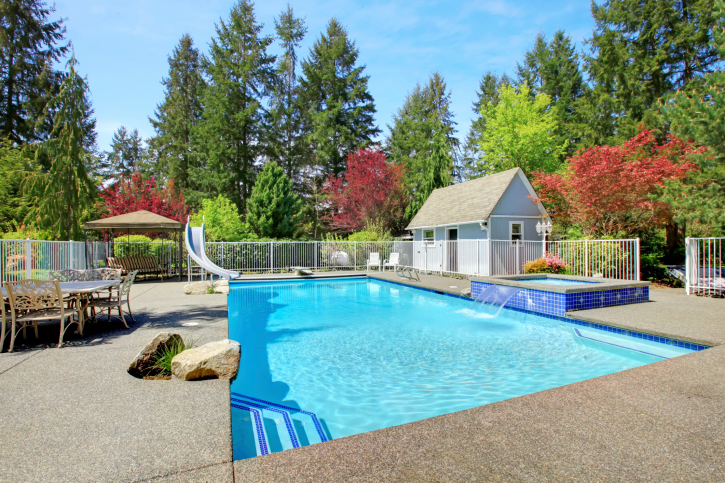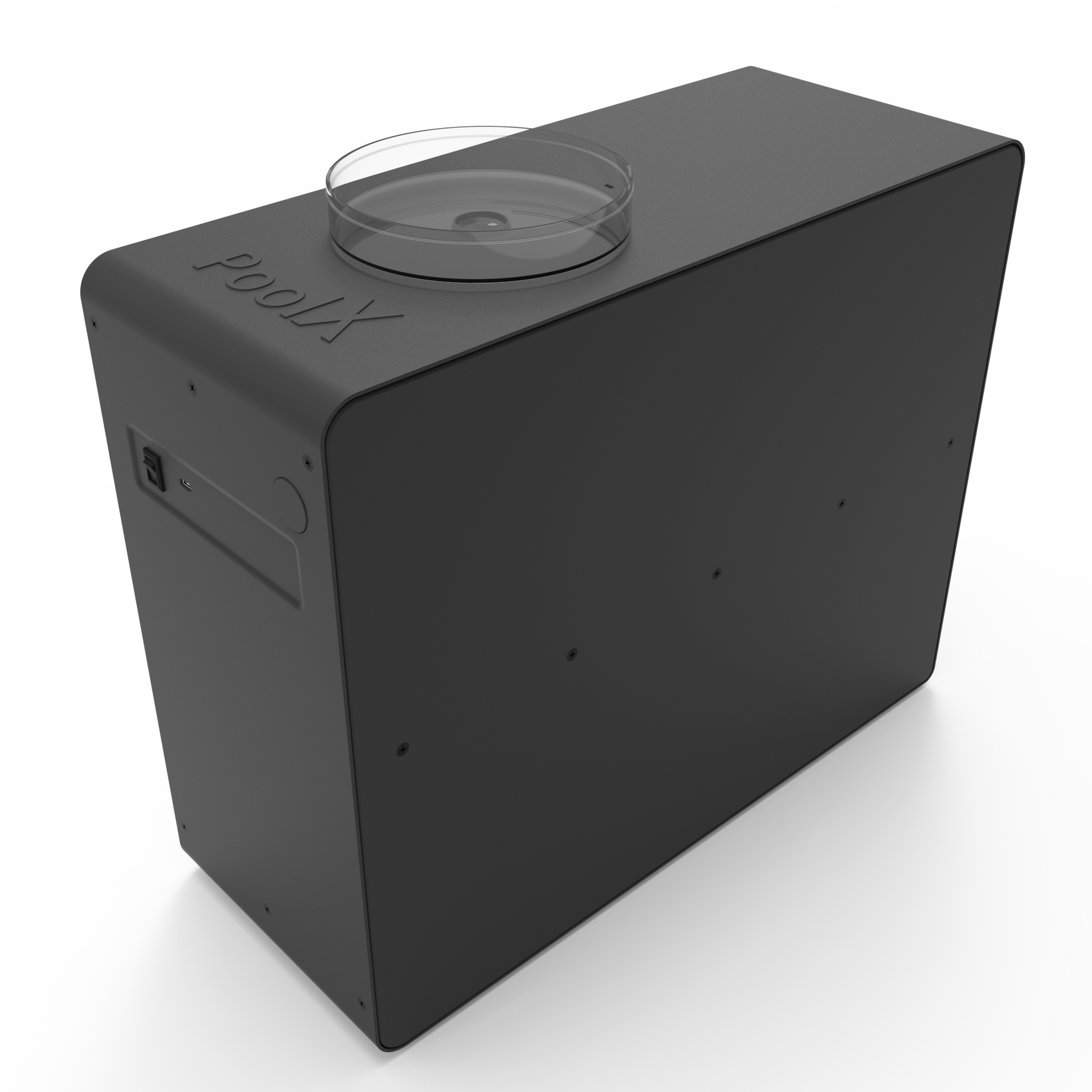Owning a pool is a tremendous joy, but nothing ruins the fun faster than your pool water turning green. This pesky problem can leave homeowners scratching their heads and wondering why does my pool keep turning green. Understanding the reasons behind this can go a long way in preventing it and keeping your pool looking inviting and clean. Let’s dive into the potential causes and how to tackle them effectively.

Common Causes of a Green Pool
It’s important to pinpoint the root cause of your pool’s green color. Here are some common culprits:
Algae Growth: The Silent Invader
Among the most common reasons for a green pool is the dreaded algae. Algae thrive in warm, stagnant water and can quickly turn your pool into a swamp if not properly managed. Poor circulation, lack of chlorine, and inadequate filtration can all create the perfect environment for algae to flourish.
Unbalanced Water Chemistry
Your pool’s pH and chlorine levels must be carefully balanced to prevent the water from turning green. High pH levels can reduce the effectiveness of chlorine, allowing algae to grow. Regularly testing and adjusting your pool’s chemical levels is essential for maintaining a healthy pool.
Insufficient Filtration
An insufficient or malfunctioning filtration system can prevent debris and contaminants from being removed from the water. Without proper filtration, your pool water can quickly become a breeding ground for algae and bacteria.

Prevention Strategies
Regular Maintenance is Key
Consistent pool maintenance is crucial in preventing your pool from turning green. This includes regular cleaning, monitoring chemical levels, and ensuring your filtration system is functioning properly.
Shock Treatments
Performing shock treatments can help to kill off algae and bacteria. This involves adding a large dose of chlorine or other sanitizers to your pool to quickly raise the chlorine level and eliminate contaminants.
Proper Circulation
Ensure your pool’s pump and filtration system are running for the appropriate amount of time each day. Good circulation prevents algae from taking root and keeps your water clear.

Troubleshooting and Solutions
Testing and Adjusting Water Chemistry
Regularly test your pool’s water chemistry and adjust the levels as needed. Keeping your pool’s pH, alkalinity, and chlorine levels in balance is a key prevention strategy.
Cleaning and Brushing
Regularly clean and brush your pool’s surfaces to remove potential algae and debris. Pay special attention to areas with poor circulation, such as corners and steps.
Using Algaecides
Algaecides can be used as a preventative measure and to eliminate existing algae. Follow the directions carefully and use them as part of a comprehensive maintenance routine.
Technology to the Rescue
Automated Pool Cleaners
Automated pool cleaners can take some of the hassle out of pool maintenance. These devices can effectively clean your pool’s surfaces and help keep your water clear.
Smart Pool Monitors
Investing in a smart pool monitor can help you keep tabs on your pool’s chemical levels and notify you when adjustments are needed. This technology can ensure your pool remains balanced and reduce the risk of it turning green.
Frequently Asked Questions
How often should I clean my pool to prevent it from turning green?
Clean your pool at least once a week, including vacuuming, brushing, and skimming. More frequent cleaning may be necessary during hot weather or heavy pool use.
What can I do if my pool turns green despite regular maintenance?
Check your water chemistry and filtration system. Perform a shock treatment and use algaecides if necessary. If the problem persists, consider consulting a pool maintenance professional.
How do smart pool monitors work?
Smart pool monitors use sensors to measure your pool’s chemical levels and provide real-time data through a mobile app. This helps you maintain the correct balance and prevent issues like a green pool.
Learn more about cleaning your pool.
As an Amazon Associate, I earn from qualifying purchases.

